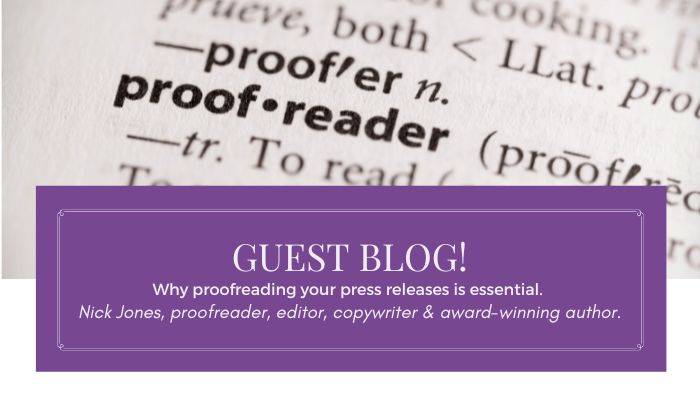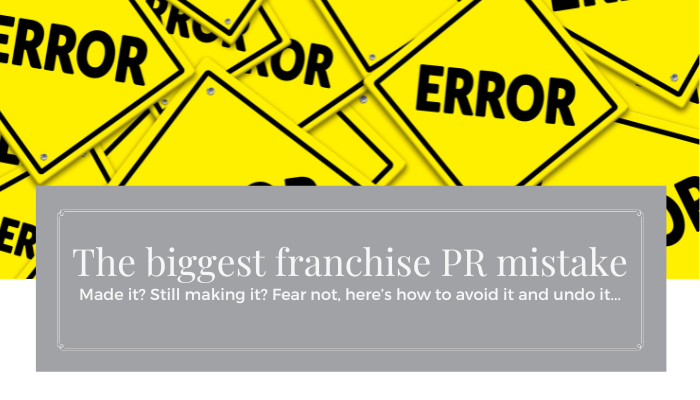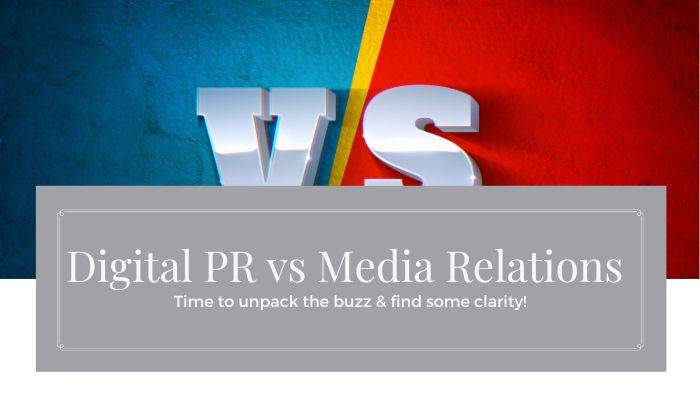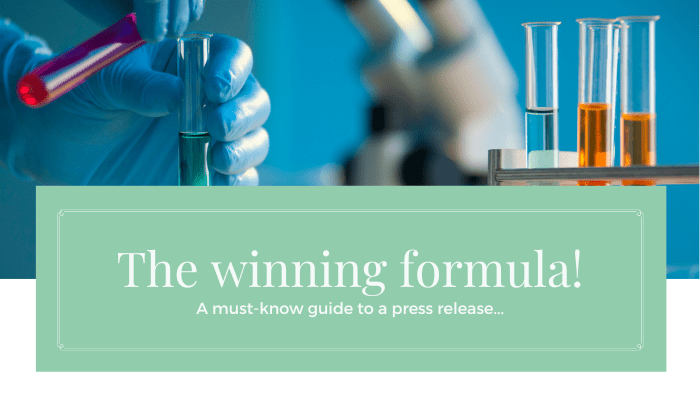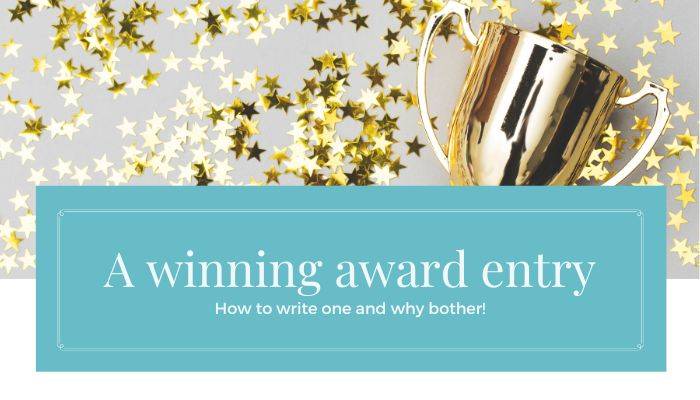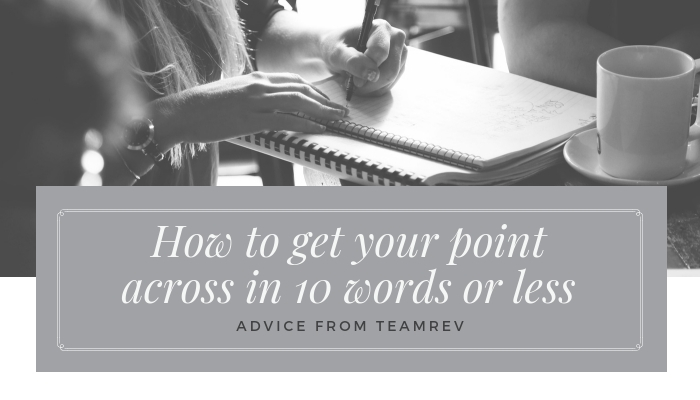Making an impact with your content is key – but if you can’t grab the attention of your audience to begin with, what’s the point of all the rest??
Whether it’s a headline (we wrote about that here), an email subject or the first sentence of your telephone pitch, getting your point across quickly and succinctly is extremely important. Think about the times you’re watching the news or listening to the bulletin on your radio… presenters usually have around 10 seconds to catch your attention. And that’s exactly what you should have in mind when creating content.
In PR, we only want to share something newsworthy. That’s what needs to be focused on for your ‘introduction’. You want to make sure, if that person on the end of the phone decides to cut the call short or the reporter only reads the first line of your email, you’ve got your point across. The rest is then up to them!
Here’s a few examples of PR activities that will be more effective if you get your point across swiftly.
Social media:
Social media is different for everyone. You need to take an in-depth look into your audience and see what content they interact with the most. Sometimes longer captions on your posts can generate higher engagement but, for those individuals who don’t bother to press the “more” button, you can catch their attention with your first 10 words. Most people want shorter and snappier content they can digest – on-the-go via their mobile devices.
For example, if you want to bring attention to your latest blog post, make sure to add “new blog post” or the title of it early on in your caption. Especially on Instagram, anything longer than 3-4 lines is hidden, so make it clear what your content is about. Emojis are great too and they can often speak louder than words – use them wisely.
Press release:
The introduction is the most important part of a press release but, to be more precise, the first sentence (or 10 words) is of paramount importance. Getting that first sentence spot on, drawing someone in immediately, can make all the difference between your release being picked up by a journalist and being dumped into the trash folder.
Preferably, you need to answer the 5 Ws – who, what, where, when and why. If you manage to do that, even if journalists do just read the first sentence, they can make a justified decision on whether the story is for them. The inboxes of journalists and editors get bombarded with press releases every day – if you can’t get through on the phone to pitch your news, make sure your release stands out on email.
Longer form content:
Whether you’re writing an informative blog post or an insightful expert guide, longer content can be a great way to introduce your business to a whole new audience. But just because we’re talking longer-form content doesn’t mean you can take your time to get your point across! People won’t commit to reading content unless they know it’s going to be useful, educational or entertaining.
By finding the right headline, perfecting the introductory sentence and including the 5 Ws, your longer content will get more engagement. It’s got to introduce the content clearly – they should be saying “Yes, I want to know more!” every single time.
You see, getting to the point is important and it’s relatively easy to do once you’ve got the hang of it.
And here’s our number 1 tip… take the time to consider the purpose of your content and imagine the role being reversed – think of yourself as the reporter or reader. What 10 words would make you read on?
Want to hear more from TeamRev? Follow us on LinkedIn, Twitter or Instagram.

